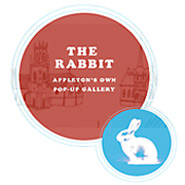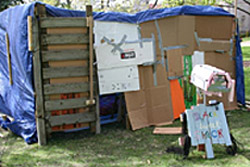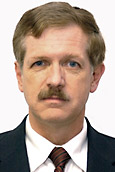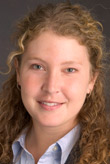Lawrence University student Rachel Young has had a passion for words since she first learned to read. And her early discovery of the power of the spoken word helped foster a strong interest in languages.
The junior from Minneapolis, Minn., has pursued her love of languages at Lawrence with majors in both Spanish and Chinese, an academic track she hopes eventually leads to a position with the United Nations.
Young will take another step toward that dream job as the recipient of a $27,000 Rotary Foundation Ambassadorial Scholarship. She plans to spend the 2012-13 academic year at National Taiwan University in Taipei studying international relations with an emphasis on conflict resolution and peace building.
This is the third straight year a Lawrence student has been awarded a Rotary Ambassadorial Scholarship through the Appleton Rotary Club and Rotary District 6220.
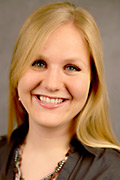
“It’s an amazing gift,” said Young, a member of the board of Lawrence’s Chinese Student Association, a Spanish tutor as well as an ELS tutor for Japanese students in the Waseda Program.
“Winning the Rotary Scholarship felt like an affirmation of a lot of hard work, but it also presents an opportunity for me to give back to the community.”
In addition to study opportunities around the world where Rotary clubs are active, the Ambassadorial Scholarship comes with the expectation recipients serve as “goodwill ambassadors” for their home countries, participating in community service projects and speaking at local Rotary club events, civic organizations and other forums. It is a role Young embraces.
“By representing Rotary abroad, I hope to build a relationship of mutual understanding between the respective Rotary clubs and present an example for international cooperation on a grassroots level,” said Young, a member of the board of Lawrence’s Chinese Student Association. “I truly believe that international and cross-cultural communication between peoples, even on a small scale, can make a huge difference in the future. The Rotary Ambassadorial Scholarship will be an excellent opportunity for me to be a part of this difference.
“I hope to return to the United States with a whole new perspective on cultural relations, humanitarian action and academics,” she added.
Young began studying Spanish as a six-year-old and took up Chinese language study as a Lawrence freshman in 2008. Last year she spent six months studying at Capital University in Beijing on the Associated Colleges in China Program. Following her year of study in Taiwan, Young hopes to put her language skills to work by pursuing graduate studies in interpreting and translating.
“My ultimate goal would be working for the United Nations. I would find that fascinating,” said Young. “But if the U.S. State Department offered me a position, let’s just say I wouldn’t turn it down.”
Focused on humanitarian service, personal diplomacy and academic excellence, the Rotary Foundation Ambassadorial Scholarships program is one of the world’s largest privately sponsored international scholarship programs. Established in 1947, the program has sponsored more than 40,000 scholars and counts among its alumni former U.S. Ambassador to India and 1959 Lawrence graduate David Mulford, former Federal Reserve Chairman Paul Volcker Jr. and Pulitzer Prize-winning film critic Roger Ebert.
